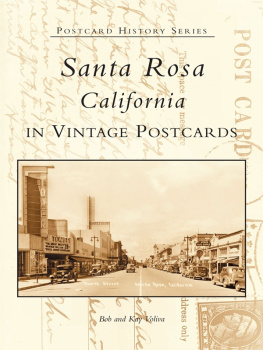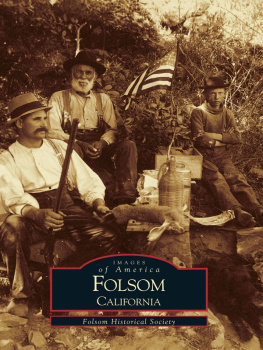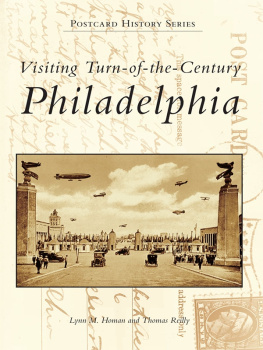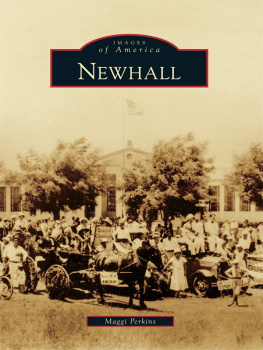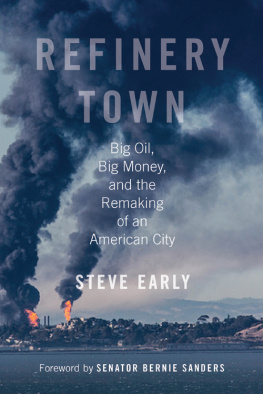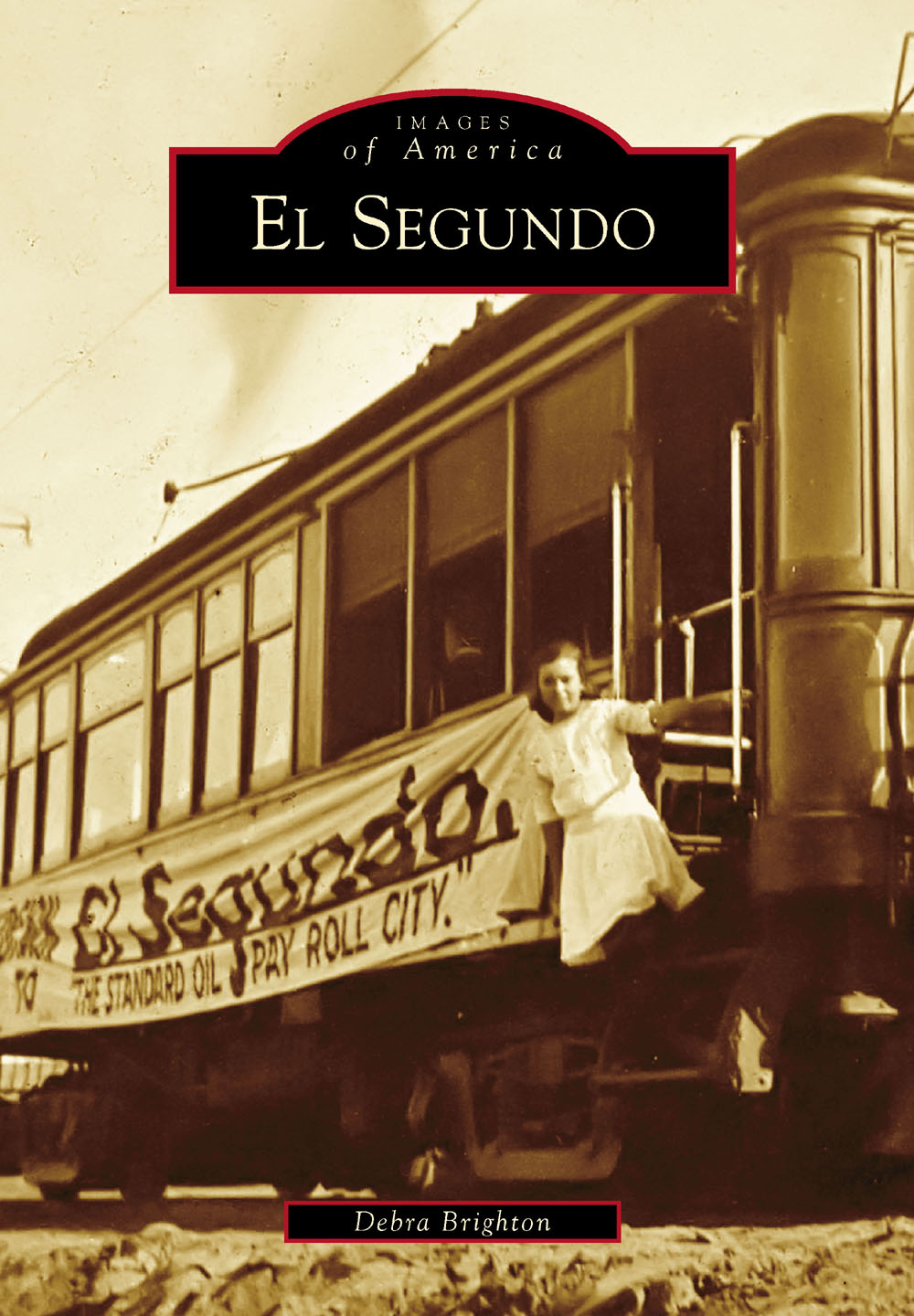
IMAGES
of America
EL SEGUNDO
ON THE COVER: In 1912, running on sand dunes, this Red Car on the Pacific Electric Railway line brought workers from Los Angeles to the Standard Oil Refinery in El Segundo. Then, it continued south to nearby beach cities. Although the young girl is unidentified, the banner reads Direct to El Segundo the Standard Oil Payroll City. After they ceased operation in the 1940s, some of the Red Cars were used to create artificial underwater reefs about a half mile off the shores of the South Bay. (El Segundo Public Library History Room.)
IMAGES
of America
EL SEGUNDO
Debra Brighton

Copyright 2014 by Debra Brighton
ISBN 978-1-4671-1589-6
Ebook ISBN 9781439657232
Published by Arcadia Publishing
Charleston, South Carolina
Library of Congress Control Number: 2016941009
For all general information, please contact Arcadia Publishing:
Telephone 843-853-2070
Fax 843-853-0044
E-mail
For customer service and orders:
Toll-Free 1-888-313-2665
Visit us on the Internet at www.arcadiapublishing.com
The photographs collected here, which span almost 11 decades of El Segundo history, are highly selective and represent only a very small fraction of what has been collected in the El Segundo Public Library History Room. Even the complete archives of close to 10,000 items, including photographs, yearbooks, maps, scrapbooks, multiple cabinet files, and collected memorabilia, could never tell the complete story of all the early pioneers of this town and how they left an indelible mark for future generations. Many of their families continue to live here. This book of images is dedicated to them. It is for all those who came before and worked hard to establish this very special town called El Segundo. It is also for those who live and work here now and who would like to better understand how this unique area of 5.5 square miles became the wonderful city it is today.
CONTENTS
ACKNOWLEDGMENTS
All photographs used for this work are with full permission of the Friends of the El Segundo Public Library, who own the archival collection. Special mention must be given to Sue Carter, former president of the Friends, and her 25 years of work to make the History Room in the El Segundo Public Library a special place for community research. Sue heads a history committee, and credit must also be given to the core groupKerry King, Mark and Marcia Marion, Marie Milner, Howard Treloar, and Sharon Williamsfor their service in committing time to gather and organize the materials and assist library users who visit the History Room.
A huge compilation of photographs and text called El Segundo Seventy-Five Years: A Pictorial History of El Segundo, California was published in 1991 by Eileen Curry Hunter. I will be forever in her debt and wish someday to thank her personally for all the assistance she gave me in identifying photographs and providing background material in her work.
I must also thank Lily Craig, who was the project manager for another historical work, called Chevron El Segundo Refinery: Energizing California for 100 Years. She was also instrumental in arranging access for the aerial shots in when I and a crew from the local cable TV station, Dan OToole and Robert Cetl, took many photographs one clear morning on top of the tallest building in the South Bay.
I am extremely thankful that Sari Brann, current president of the Friends, has taken over the reins of the History Room. She has spent countless hours making copies of the local newspaper, the El Segundo Herald, and organizing them into easily accessible files, maps, and scrapbooks.
Mark Herbert, senior librarian, has faithfully scanned all the photographs found in the archives for me and sent them to the publisher. My executive assistant, Jessie LeMay, deserves recognition for taking such excellent photographs of the newest developments in town, which are also in .
Also, retired detective Craig Cleary generously donated photographs and related his personal involvement with the double homicide of officers Richard A. Phillips and Milton G. Curtis, the investigation, and the final arrest of Gerald F. Mason 46 years later.
This project could not have been completed without the approval of the El Segundo City Council and the city manager, Greg Carpenter, as part of the citys centennial celebration.
INTRODUCTION
The year was 1910, and the demand for crude oil was rapidly increasing due to booming automobile sales throughout California and across much of the nation. The Standard Oil Company of California began looking for a site in Southern California, since the refinery in Richmond was at maximum capacity and 600 miles away. R.J. Hanna was hired to look for sufficient acreage to construct a refinery for processing oil and housing a tank for storage. On June 11, 1911, Standard Oil purchased 842 acres near a clump of sand dunes where a farmer, Frank Bennett, was growing melons and lima beans. Hannas wife is credited with naming the site El Segundo, Spanish for the second, since the Richmond facility was the first in California.
The early decades were a time of tremendous development and formation of the city of El Segundo, not only at the local refinery but also on the 1,470 acres of land surrounding the plant. The promotion of El Segundo as Standard Oils payroll city is heavily advertised in surviving postcards from that era, a banner on the Red Car that stopped on the sand dunes near town, and in the El Segundo Herald, which issued its first copy in the fall of 1911. The area on Richmond Street between Ballona Avenue (now El Segundo Boulevard) and Franklin Avenue, closest to the refinery, experienced the first and largest construction effort. A string of small retail shops, craftsmen stores, a hotel, and an apartment complex were built, along with a growing number of civic structures to administer them and keep them protected. This expansion grew farther southeast in the late 1920s and 1930s when Grand Avenue was also populated with grocery stores like Jensens Market and Piggly Wiggly, a post office, and a Ford dealership. Finally, the first high school and grammar schools were built even farther out on Main Street and Mariposa Avenue.
Even before World War II began, Douglas Aircraft and North American Aviation were firmly established on the east side of town. Douglas was known for its World Cruiser biplanes, and North American built the popular B-25 series during the war. As production plants across America switched gears to the mass production of artillery for the war effort, so did El Segundo. However, this activity did not stunt the continuing expansion of the downtown area. From the photographs of this period, the community clearly desired a strong recreation program, its own public library, a plunge, parades, sports teams, dances, and a drive-in hangout called Patmars. It pursued all those social structures and activities that hold a city together during times of great tragedy and sorrow.
More civic development projects were carried through in the 1950s and 1960s than at any other period before or since. A new city hall complex, including council chambers and a police department and fire department next door, were completed by the mid-1950s.
The construction of Recreation Park, including the George E. Gordon Clubhouse in 1956 and the Joslyn Center a decade later, took up an immense area of town to accommodate all the outdoor and indoor activities. Even the public library spread out into Library Parks southeastern quadrant as a new wing was built to accommodate more shelving to keep up with the growing demand for childrens and adult materials. All this community pride makes the three tragic incidents and major losses during this time even more catastrophic. A downtown fire, a plane crash, and the brutal killing of two police officers will never be forgotten by many who lived through them. And, for the families that suffered the loss of the two young men in their prime, it will be carried in their personal life histories forever.
Next page



